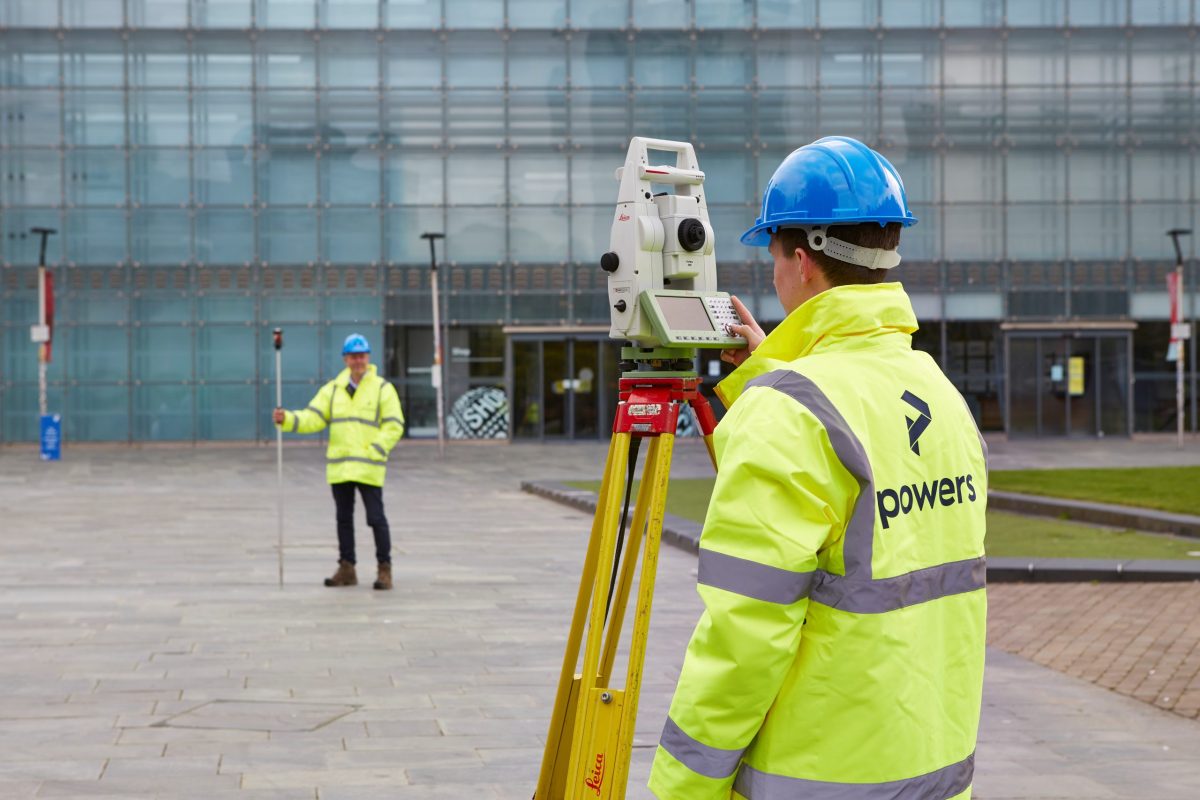Making a distinction
Because they are both involved in the broader construction industry, all surveyors are often lumped together into one category. Our type of surveyor involves surveying land and buildings, in terms of their dimensions, contents and features. A geospatial surveyor – also called a land or geomatics surveyor – measures and depicts the topographical and manmade features of any given area. The useable data collected can be deployed in a variety of ways. It can be used by cartographers to make a map, and by planners or builders to create drawings that can be used for construction projects. As an affiliated service, we can also carry out all kinds of underground utility surveys that reveal what lies beneath ground level, which can also contribute information towards the planning and viability of construction projects on the land.
Realising potential
Geospatial surveyors are intrinsic to the construction process. It is their data which will be used to assess the possibilities and potential of a site. We use all kinds of technology to collect and collate this data, from the latest levels total stations and scanners to remote-controlled drones and mobile mapping devices. Using such accurate digital equipment allows us to provide extremely high-precision topographical surveys, measured building surveys or underground utility surveys. These will gather data on the natural and manmade features of the land and the contours of the terrain itself. The data can be used to depict a three-dimensional (3D), easy-to-understand 2D or 3D base plan or 3D model. In addition to the site’s actual data, it also identifies the boundaries of the land, any existing building positions on or adjacent to the site, and all the nearby road, path and railway locations. Data gathering will also feature street furniture, watercourses, underground services, pipelines and trees.
Quantifying material
On the other hand, a quantity surveyor deals in the physical elements of construction and are very much involved in the construction process itself. They estimate and control costs for large construction projects against project timelines. They also ensure that structures meet legal and quality standards. Quantity surveyors are involved in every stage of the construction process. On large projects, they work from plans, to calculate the amount of building materials that are needed for the actual job. They also monitor the materials usage throughout the project’s duration, measured against predicted usage to establish the efficiency and economy of the project. They work on projects in all sectors, from residential to industrial structures, and clients rely on them to ensure that the final outcome is value for money. They are also involved in preparing tender and contract documents, assigning work to subcontractors, valuing work at the project’s end, managing budgets and carrying out payments, and submit regular budget reports. As you can see, it’s a very different role to our type of surveying.








